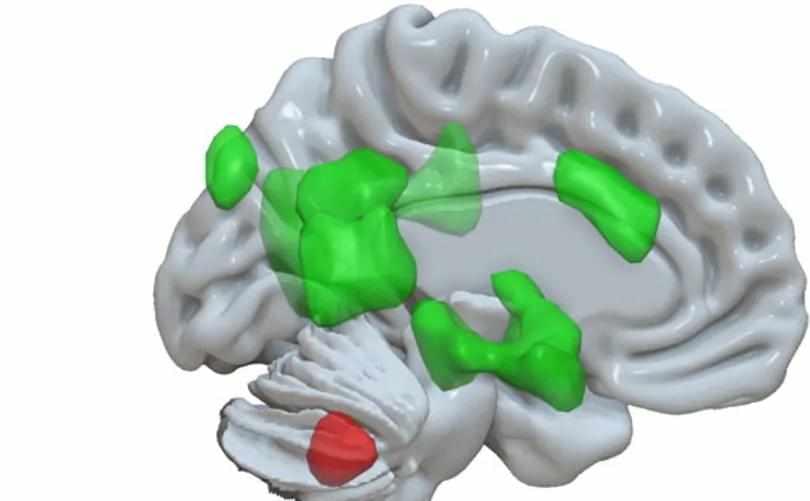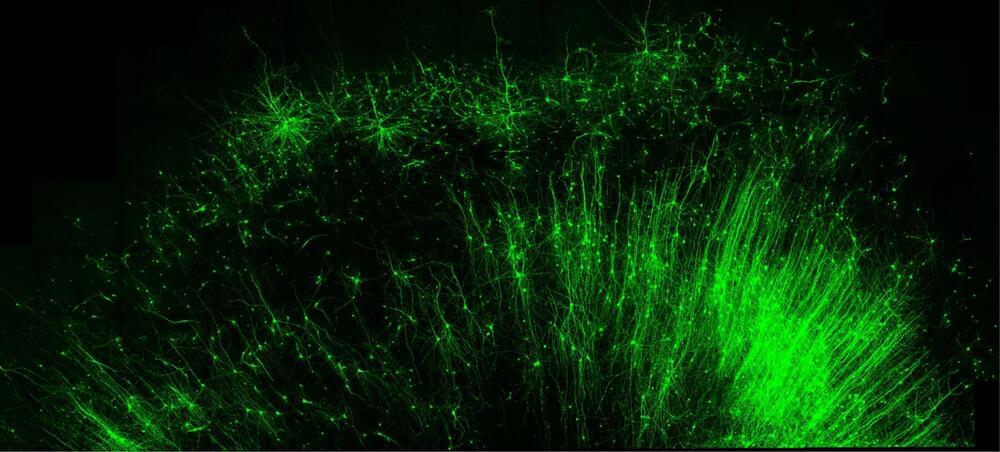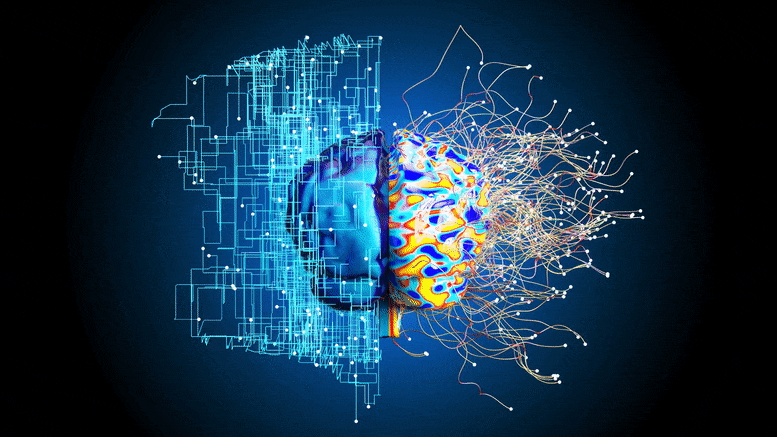The cerebellum is known primarily for regulation of movement. Researchers at the University of Basel have now discovered that the cerebellum also plays an important role…



Summary: Administering a chemical compound called synthetic retinoids to the retina helped restore brain networks associated with vision and prompted the growth of two times more neurons, effectively restoring vision in adult mouse models of the genetic visual disorder LCA.
Source: UC Irvine.
A discovery about how some visually impaired adults could start to see offers a new vision of the brain’s possibilities.

Brain inspired playlist.
Share your videos with friends, family, and the world.

An evolutionary approach to consciousness can resolve the ‘hard problem’ – with radical implications for animal sentience by Nicholas Humphrey + BIO.

Summary: Brain organoids are helping researchers map the molecular, genetic, and structural changes that occur during brain development.
Source: ETH Zurich.
The human brain is probably the most complex organ in the entire living world and has long been an object of fascination for researchers. However, studying the brain, and especially the genes and molecular switches that regulate and direct its development, is no easy task.

Editing technology is precise and broadly applicable to all tissues and species.
Scientists at Duke University have developed an RNA
Ribonucleic acid (RNA) is a polymeric molecule similar to DNA that is essential in various biological roles in coding, decoding, regulation and expression of genes. Both are nucleic acids, but unlike DNA, RNA is single-stranded. An RNA strand has a backbone made of alternating sugar (ribose) and phosphate groups. Attached to each sugar is one of four bases—adenine (A), uracil (U), cytosine ©, or guanine (G). Different types of RNA exist in the cell: messenger RNA (mRNA), ribosomal RNA (rRNA), and transfer RNA (tRNA).

No one imaging mode can catch everything that’s going on inside the brain, since it is such a complex organ. Multiple “brain maps” have emerged over the years, with each focusing on different brain processes, from metabolism to cognitive function. These maps are indeed important, but using them in isolation limits the discoveries scientists can make from them.
More than forty existing brain maps have now been collected in one place by a team from The Neuro. Called neuromaps, the database will help researchers find correlations between patterns across different brain regions, modalities, spatial scales, and brain functions. To assist researchers in differentiating between a relevant association and a random pattern, it offers a standardized space to see each map in comparison to one another and evaluates the statistical significance of these comparisons. Additionally, the neuromaps database helps standardize the code across maps, to improve reproducibility of results.
Richard Gott, co author with Neil De Grasse Tyson of “Welcome to The Universe” argues the key to understanding the origin of the universe may be the concept of closed time like curves. These are solutions to Einstein’s theory that may allow time travel into the past. in this film, Richard Gott of Princeton University explains the model he developed with LIxin Li. Gott explores the possibility of a closed time like curve forming in the early universe and how this might lead to the amazing property of the universe being able to create itself. Gott is one of the leading experts in time travel solution to Einstein’s equations and is author of the book “Time Travel In Einstein’s Universe”.
This film is part of a series of films exploring competing models of th early universe with the creators of those models. We have interviewed Stephen Hawking, Roger Penrose, Alan Guth and many other leaders of the field. To see other episodes, click on the link below:
We would like to thank the following who helped us are this movie:
Animations:
Morn 1415
David Yates.
NASA
ESA
M Buser, E Kajari, and WP Schleich.
Storyblocks.
Nina McCurdy, Anthony Aguirre, Joel Primack, Nancy Abrams.
Pixabay.
Ziri Younsi.
Audio & music from:
Shutterstock.
Audio Network.
Photography Rob, Speakers Corner Uk.
https://www.youtube.com/channel/UCpx7TeFcveBzrUB4I1Fc9iQ/vid…_polymer=1
Thanks to:
University College London.
Princeton University Press.
Howard Walwyn Fine Antique Clocks.
Timeline:
00:00 Introduction.
1:07 Working with Penzias and Wilson.
1:42 relativity and time.
2:58 the block universe.
4:00 time travel in Einstein’s universe.
4:54 Godel and time travel into the past.
5:54 Cosmic Strings.
7:43 Cosmic inflation.
8:50 Bubble Universes.
9:56 Lixin Li.
12:11 The Gott Li self creating universe model.
14:17 Jinn Particles.
14:35 How to escape a time loop.
16:14 Experimental test.
20:05 Hawking’s Chronology Protection Conjecture.
23:46 The Arrow of Time.
29:00 The Second Law.
33:00 Answering Hiscock’s criticisms.
40:07 fine tuning.
40:46 Boltzmann Brains.
44:37 Quantum Entanglement and Wormholes.
46:04 Uncertainty.
47:11 A Universe from Nothing.
50:25 Summing Up